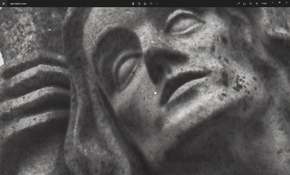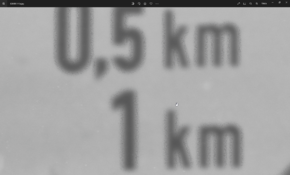Hello everyone,
I`ve bought this summer a Agfa Billy I. I was very excited to tested out because I like the 6x9 format. After taking my first roll of 120 film (Fomapan 200), developed in a shop in Vienna and scanned myself at home with an Epson V550, the result were promising at first sight as exposure (most of them OOF). The OOF isn`t a problem now, I`ll get it better next time. The problem is, after zooming in, there`s some thing happening (I don`t know how is called). I`ll attached some examples (screenshots) which are zoomed in. Thank you and have a nice weekend!.
I`ve bought this summer a Agfa Billy I. I was very excited to tested out because I like the 6x9 format. After taking my first roll of 120 film (Fomapan 200), developed in a shop in Vienna and scanned myself at home with an Epson V550, the result were promising at first sight as exposure (most of them OOF). The OOF isn`t a problem now, I`ll get it better next time. The problem is, after zooming in, there`s some thing happening (I don`t know how is called). I`ll attached some examples (screenshots) which are zoomed in. Thank you and have a nice weekend!.







